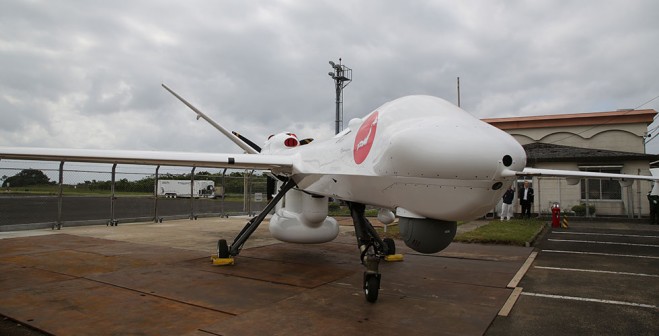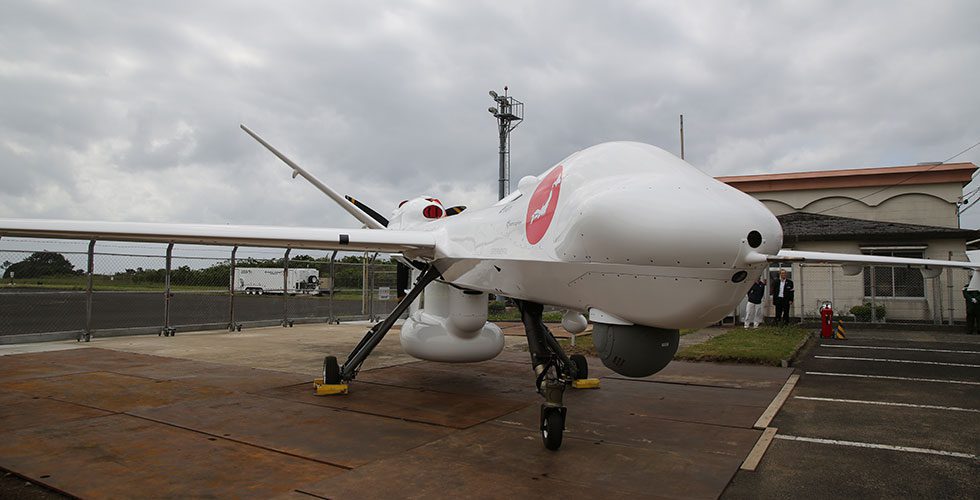

General Atomics Aeronautical Systems Inc. (GA-ASI) announced that the Guardian Remotely Piloted Aircraft (RPA) concluded the first large-scale demonstration flights in Japan. The demonstration flights, which took place from May 10-23, 2018, were intended to promote the civil and scientific applications of the RPA.
“We thank the Mayor of Iki and the many other public and private stakeholders who made this demonstration possible,” said Linden Blue, CEO, GA-ASI. “We believe that the flights of long-endurance RPAs in Japan’s maritime environment yielded valuable information, and we now begin the process of reviewing the important data gathered from these flights.”
During the demonstration, which operated from the Island of Iki in Japan’s Nagasaki Prefecture, GA-ASI’s Guardian:
This was the first demonstration of a long-endurance RPA by a private company in Japan. The aircraft’s sensors included a long-range maritime surface-search radar, stabilized optical and infrared video cameras, and an active collision-avoidance system, including a short-range air-to-air radar.